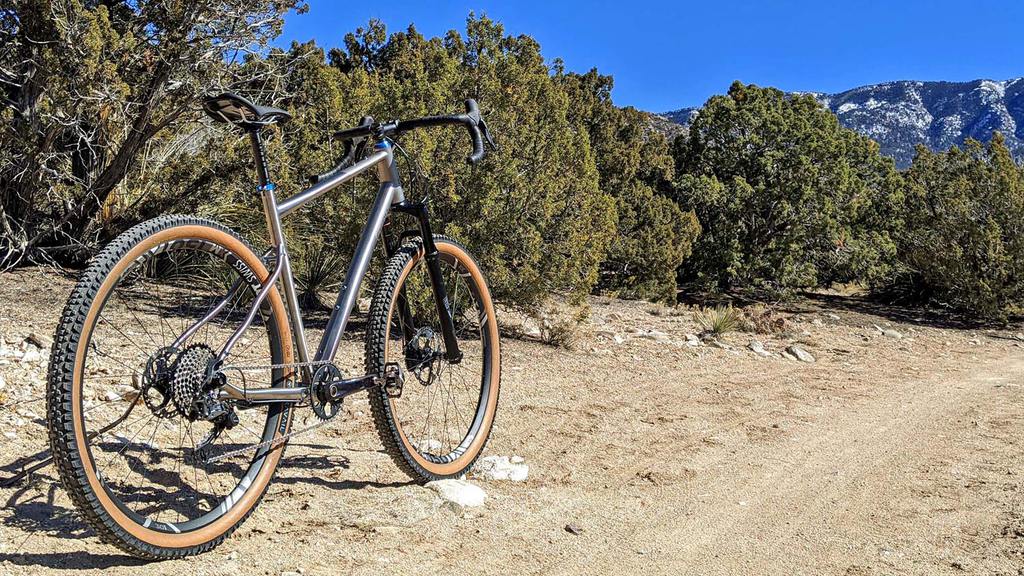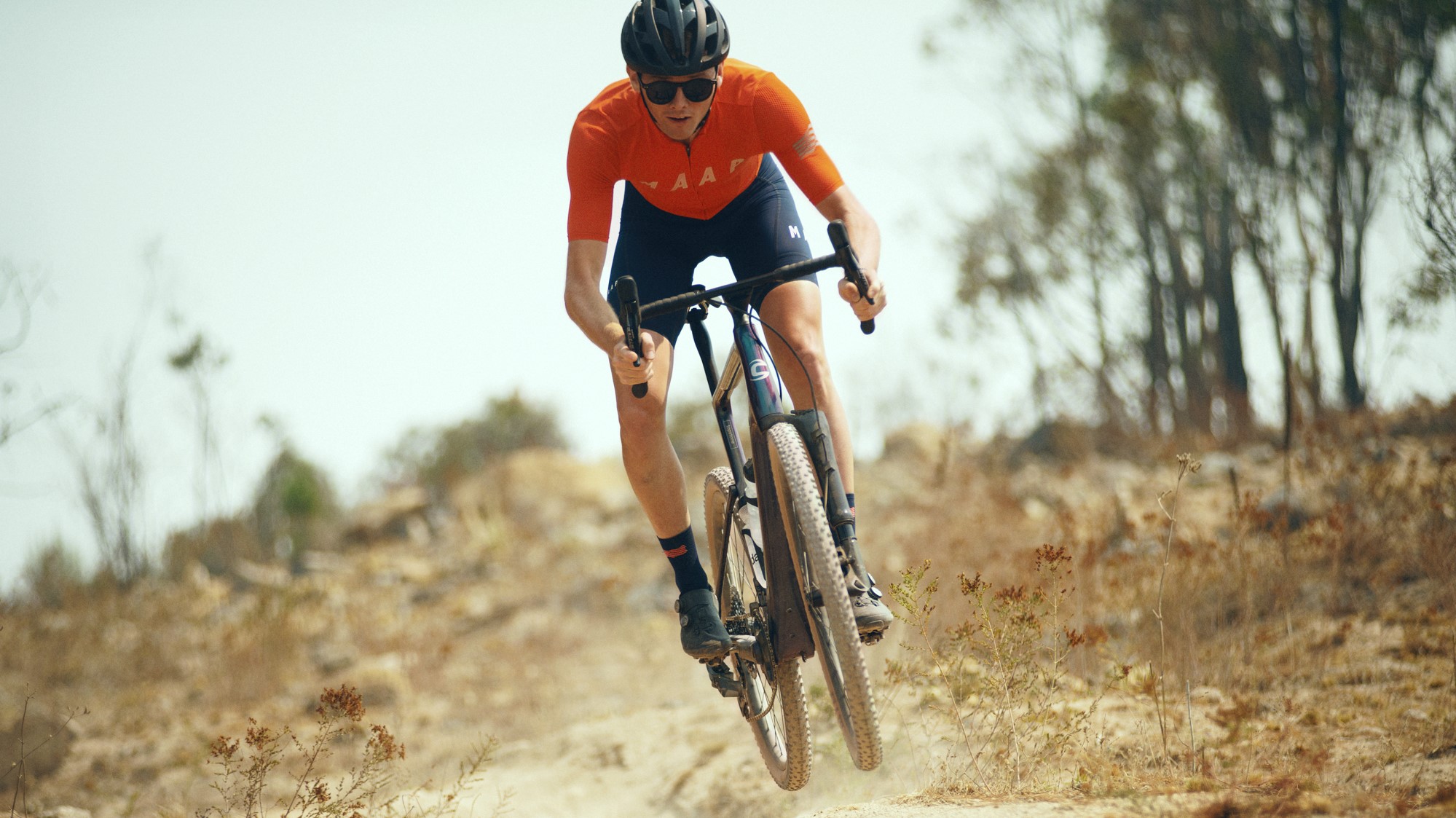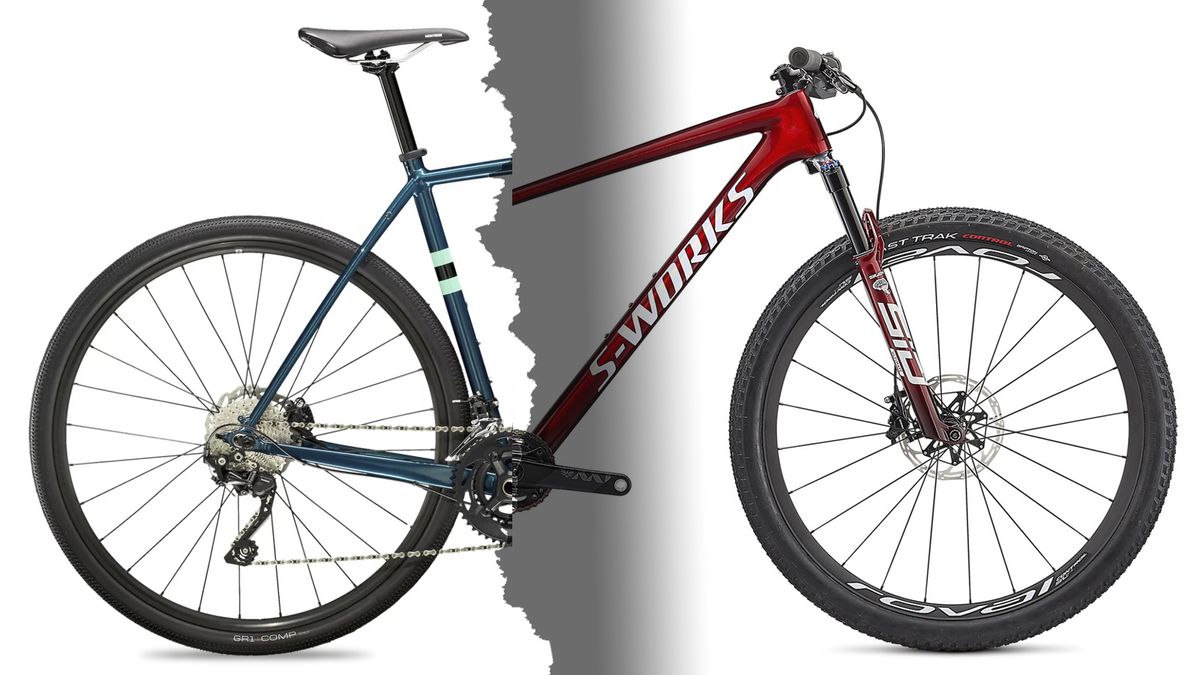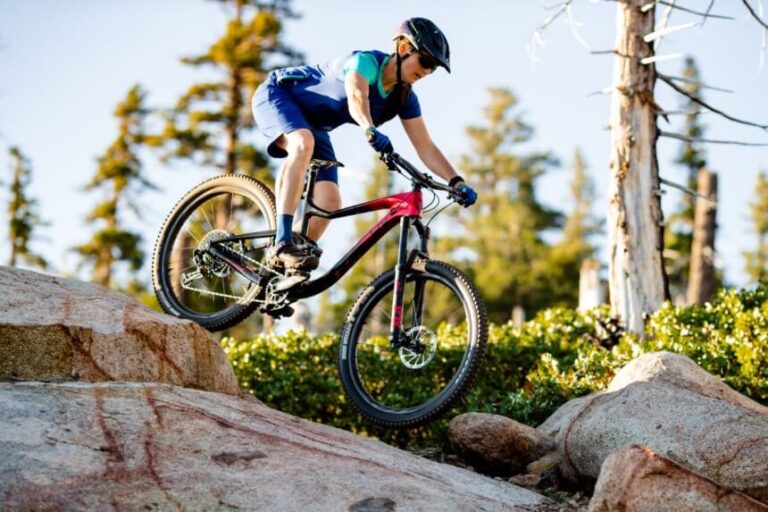I. Introduction

The rise of off-road biking and the demand for specialized bikes
Off-road biking has become increasingly popular, with more and more people seeking adventure and thrill on unpaved terrains. As a result, there is a growing demand for specialized bikes that can handle these rugged conditions. Two popular options in this category are gravel bikes and mountain bikes. This article aims to explore the key differences between these two types of bikes and help readers make an informed decision when choosing the right bike for their off-road adventures.
II. Gravel Bike: Exploring the Capabilities
A. Design and Features
Gravel bikes are designed to be versatile and capable of handling various terrains. They typically feature:
- Versatile frame construction for various terrains: Gravel bikes often have a frame construction that strikes a balance between the lightweight design of a road bike and the durability of a mountain bike. This allows them to excel on different surfaces, including gravel roads, dirt paths, and even pavement.
- Wider tires for enhanced stability and traction: Compared to road bikes, gravel bikes have wider tires with a substantial amount of tread. These wider tires provide greater stability and improved traction, making them suitable for uneven and unpaved surfaces.
- Geometry and handlebars for comfortable long-distance rides: Gravel bikes generally have a more relaxed geometry compared to road bikes, offering a more upright riding position for enhanced comfort during long-distance rides. The handlebars are also designed to provide multiple hand positions, allowing for a comfortable and relaxed grip.
B. Performance and Riding Experience

Gravel bikes offer several advantages when it comes to performance and the overall riding experience:
- Smooth and efficient rolling on paved surfaces: While gravel bikes are designed to handle off-road conditions, they still perform well on paved surfaces. The combination of wider tires, lower tire pressure, and more flexible frame construction allows for a smoother and more comfortable ride on roads.
- Navigating gravel roads and mixed terrains: Gravel bikes truly shine on gravel roads and mixed terrains. The wider tires and more relaxed geometry provide stability and control, allowing riders to tackle uneven surfaces with ease.
- Handling and maneuverability on fast descents and winding trails: Gravel bikes are capable of handling fast descents and winding trails, providing riders with precise handling and maneuverability. This allows for greater confidence and control even on technical off-road sections.
III. Mountain Bike: Conquering the Trails
A. Design and Features
- Robust and Durable Frame for Rugged Trails: The first thing to consider when choosing a mountain bike is the frame. Opt for a robust and durable frame built to withstand the rigors of rugged trails. Aluminum frames offer a good balance of durability and affordability, while carbon fiber frames provide lightweight and responsive performance. Consider your budget and riding style before selecting the right frame material.
- Suspension Systems for Absorbing Impact and Maintaining Control: Mountain biking involves riding over various obstacles and uneven terrains. A good suspension system becomes crucial to absorb impact and maintain control. There are two types of suspension systems – hardtail (front suspension) and full suspension (front and rear suspension). Choose the one that suits your riding style and the trails you plan to conquer.
- Knobby Tires for Maximum Grip and Traction: The tires play a significant role in providing maximum grip and traction on the trails. Knobby tires with wide treads are the preferred choice for mountain biking. They ensure a firm grip on loose surfaces and help navigate through muddy and rocky terrains. Consider the trail conditions you intend to ride on to choose the right tire width and tread pattern.

B. Performance and Riding Experience
- Climbing Steep Inclines and Technical Trails: Conquering mountain trails often involves steep inclines and technical sections. Look for a mountain bike with a wide range of gears to handle these challenging climbs. Additionally, a lightweight frame and efficient drivetrain system will make uphill rides more manageable.
- Descending with Confidence and Control: Downhill descents require confidence and control. A bike with a balanced geometry, strong brakes, and stable suspension will ensure a smooth and controlled descent. Consider a bike with adjustable suspension settings to fine-tune the ride based on the trail conditions.
- Maneuvering Tight Corners and Obstacles on the Trail: Mountain biking is an art that involves navigating through tight corners and obstacles on the trail. Opt for a bike with responsive handling and nimble maneuverability. Shorter chainstays and a slack head angle contribute to better handling and improved confidence while tackling challenging turns and obstacles.
IV. Choosing the Right Bike for Your Needs
A. Type of Off-Road Riding
- Gravel Biking for Long-Distance Exploration and Multi-Terrain Adventures: If you’re looking for long-distance exploration and multi-terrain adventures, gravel biking is an excellent option. Gravel bikes offer a blend of road-bike speed and mountain-bike versatility. With wider tires and a more relaxed geometry, they are suitable for cruising through both paved roads and dirt trails.
- Mountain Biking for Adrenaline-Filled Trail Riding and Technical Challenges: For those seeking adrenaline-filled trail riding with technical challenges, mountain biking is the way to go. With its sturdy frame, aggressive tires, and suspension systems, a mountain bike is designed to tackle rugged terrains and conquer any trail.
B. Terrain and Accessibility

- Assessing the Predominant Terrain You Plan to Ride On: The type of terrain you plan to ride on plays a crucial role in choosing the right mountain bike. Whether it’s cross-country trails, downhill tracks, or all-mountain adventures, understanding the predominant terrain will help you determine the appropriate bike geometry, tire tread pattern, and suspension requirements.
- Evaluating Accessibility to Trails and Road Conditions: Consider the accessibility to trails and road conditions in your area. If you have easy access to trails with technical features and challenging climbs, a full-suspension mountain bike might be ideal. However, if your terrain consists of smooth fire roads or gravel paths, a hardtail mountain bike could offer a more efficient ride.
C. Riding Style and Preferences
- Comfort vs. Performance Considerations: Determining your priorities between comfort and performance is essential in choosing the right mountain bike. If you plan to embark on long rides or prioritize comfort, consider a bike with a more relaxed geometry and wider tires. However, if you’re focused on achieving maximum speed and pushing your limits, a bike with a more aggressive stance and a lighter frame might be preferable.
- Skill Level and Biking Experience: Consider your skill level and biking experience before investing in a mountain bike. If you’re a beginner, a more forgiving and versatile bike will allow you to develop your skills without overwhelming you. Advanced riders may seek specialized bikes designed for specific disciplines such as downhill, enduro, or cross-country.
- Importance of Bike Maintenance and Technical Know-how: Mountain biking requires regular maintenance to ensure optimal performance and safety. Consider your willingness to learn bike maintenance skills or allocate a budget for professional bike servicing. Some bikes may have more complex components that require specialized knowledge, while others are more straightforward to maintain.
Conclusion:
Choosing the perfect mountain bike is a personal decision influenced by various factors such as design, features, performance, and riding experience. Whether you prefer long-distance exploration on varied terrains or adrenaline-filled trail riding, understanding the intricacies of each aspect will help you make an informed choice. Consider your riding style, the predominant terrain, accessibility to trails, and your skill level to select a mountain bike that will enable you to conquer any trail with confidence and control. So, embrace the adventure and let your mountain bike become your faithful companion on your trail conquests. Happy riding!

